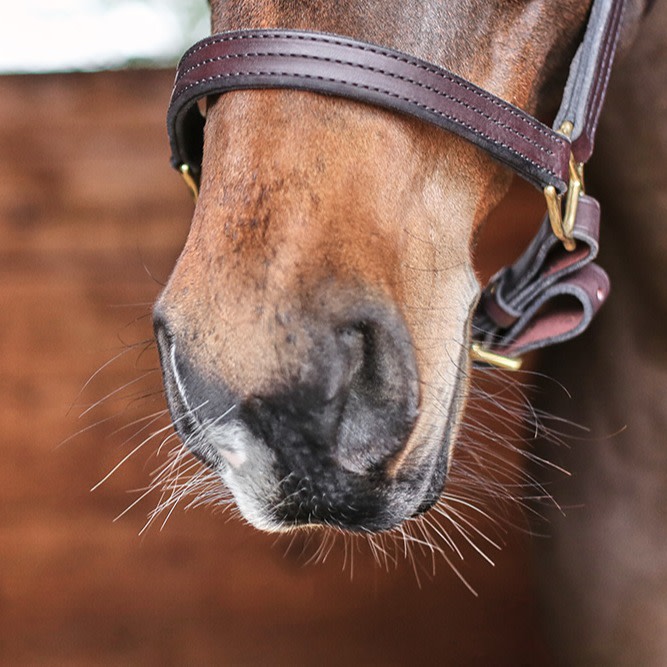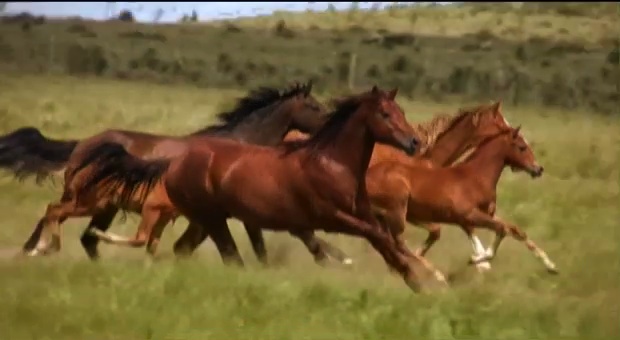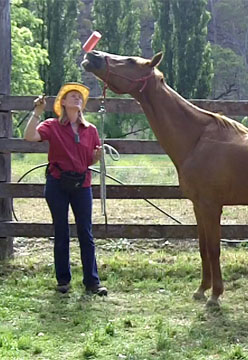The Horse’s Amazing Sense of Touch

Horses possess an extraordinary sense of touch that plays a crucial role in their survival, communication, and interaction with their environment. This tactile sensitivity helps them navigate their surroundings, respond to stimuli, and bond with humans and other horses.
Understanding the Horse’s Sense of Touch

The sense of touch in horses is primarily mediated by specialized nerve endings in their skin, muscles, and other tissues. These receptors detect pressure, vibration, temperature, and pain, allowing horses to react quickly to changes around them.
Key Areas of Tactile Sensitivity
| Body Part | Description | Function in Touch Sensitivity |
|---|---|---|
| Muzzle | Highly sensitive area with many nerve endings | Helps in exploring objects and sensing food textures |
| Ears | Sensitive to touch and movement | Assists in detecting environmental changes and communication |
| Legs and Hooves | Contain pressure receptors | Crucial for balance and detecting ground texture |
| Flank and Neck | Responsive to gentle touch | Important for social bonding and grooming |
How Horses Use Their Sense of Touch
- Communication: Horses use touch to communicate affection, submission, or dominance through grooming and body contact.
- Exploration: They use their sensitive muzzle to investigate new objects or environments.
- Protection: Quick reflexes triggered by touch help horses avoid injury.
Enhancing Human-Horse Interaction
Understanding a horse’s tactile sensitivity can improve training and handling. Gentle, consistent touch can build trust, while harsh or unpredictable contact may cause fear or stress.
Frequently Asked Questions (FAQ)
Q1: How sensitive is a horse’s skin compared to humans?
A1: A horse’s skin is generally more sensitive than human skin, especially in areas like the muzzle and ears, allowing them to detect subtle changes in their environment.
Q2: Can horses feel pain through touch?
A2: Yes, horses have pain receptors that alert them to injury or discomfort, which is vital for their well-being.
Q3: How does touch affect a horse’s behavior?
A3: Positive touch can calm and reassure horses, while negative touch can lead to anxiety or defensive behaviors.
Q4: Are there any tools to enhance tactile communication with horses?
A4: Yes, tools like soft brushes and massage techniques can enhance tactile communication and strengthen the human-horse bond.
Conclusion
The horse’s sense of touch is a sophisticated and vital sensory system that influences their daily life and interactions. Appreciating and respecting this sense can lead to better care, training, and companionship.
Would you like me to help improve the clarity or engagement of this content further? Here are some follow-up tasks you might consider:
- Simplify technical explanations
- Add more examples of touch in behavior
- Create a summary section
